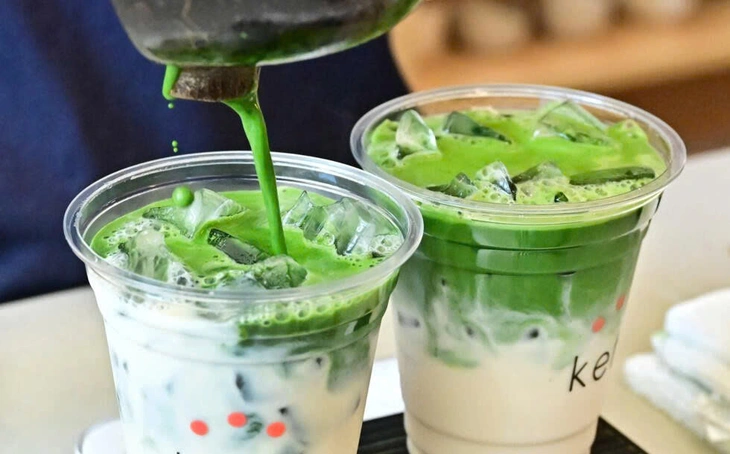
Matcha, which means “ground tea” in Japanese, can be mixed with milk to create a matcha latte - Photo: AFP
According to France 24 , at a minimalist tea shop in Los Angeles, cups of Japanese matcha are carefully and precisely prepared, despite being in serious shortage due to the explosive popularity of this brilliant green drink on social media.
Zach Mangan, owner of Kettl Tea on Hollywood Boulevard, which opened this year, said there are 25 types of matcha listed on the menu, but only four are currently available.
Matcha has become a cultural staple in Western life, from matcha ice cream to Starbucks drinks. The market for matcha has almost doubled in just one year.
“One of the hardest things for us is having to inform customers that unfortunately, we don’t have the matcha they want. No matter how hard I try, I can’t find a source,” Mangan said.
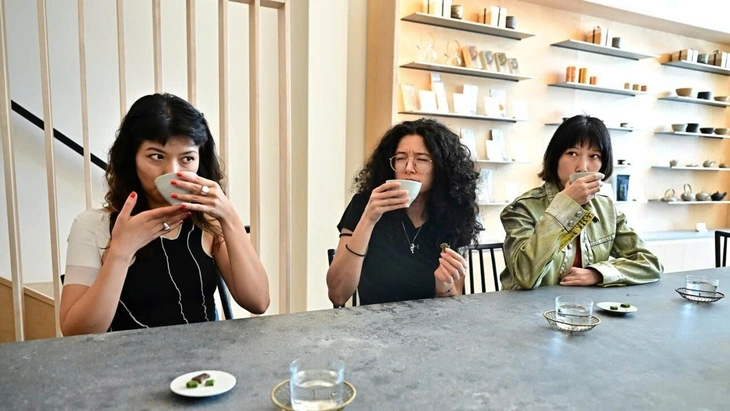
Customers enjoy matcha drinks at Kettl Tea, located in the Los Feliz neighborhood of Los Angeles - Photo: AFP
The demand for matcha is overwhelming.
Similarly, in Sayama city northwest of Tokyo, Masahiro Okutomi, the 15th generation heir to a long-standing tea-making family, is overwhelmed by soaring demand.
"I had to announce on the website that we are currently unable to take any more matcha orders," he shared.
Producing matcha powder requires a painstaking process: the tea leaves (called “tencha”) are shaded from the sun for several weeks before harvesting to enhance their flavor and nutritional value. The leaves are then meticulously de-veined by hand, dried, and finally ground into a fine powder by machine.
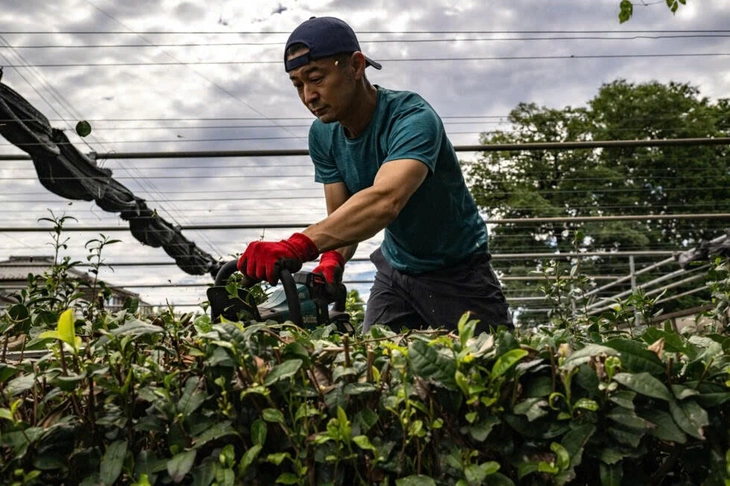
Masahiro Okutomi, working at his farm in Sayama, Japan, said he could not keep up with the skyrocketing demand for matcha - Photo: AFP
“Making matcha properly requires years of training. It is a long journey, requiring equipment, manpower and proper investment. I am happy that the world is starting to take an interest in our matcha. But now it is almost a threat, because we cannot keep up with the demand,” Mr. Okutomi confided.
According to data from Japan's Ministry of Agriculture , in 2024 matcha accounted for more than half of the total 8,798 tons of green tea exported from Japan, double the amount a decade ago.
A video tutorial on how to make matcha latte drink is going viral on TikTok - Video: TikTok @sann__lm
At Jugetsudo tea shop in Tsukiji, Tokyo's old fish market popular with tourists, staff are trying to control inventory amid surging demand.
“We don’t have strict purchase limits, but sometimes we refuse to sell large quantities if we suspect customers are reselling. In the last two or three years, the craze has become more intense: customers now want to make matcha themselves, just like what they see on social media,” said store manager Shigehito Nishikida.
Trump's tariff threat
Anita Jorda, a 49-year-old tourist from Australia, humorously shared: "My kids love matcha. They gave me the task of finding the best kind."
The global matcha market is currently estimated to be worth billions of dollars, but could be affected by US President Donald Trump's tariffs on Japanese goods - currently at 10% and set to rise to 24% in the near future.
"The scarcity of supply combined with import taxes has forced shops to raise prices, even though demand shows no signs of slowing down. One customer even said, 'I have to buy matcha before it runs out.'"
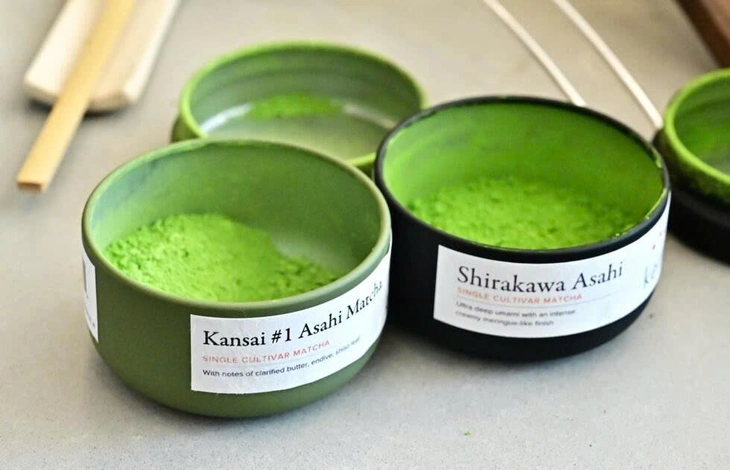
Just 20 grams of matcha powder to take home can cost you between $25 and $150 at a tea shop in Los Angeles - Photo: AFP
At Kettl Tea, matcha can be mixed with milk to make a latte, or used the traditional way, by hand-whisking with hot water in a ceramic bowl to fully experience the delicate flavor.
It's not cheap: a cup of traditional matcha costs at least $10, while 20 grams of matcha powder for brewing at home can cost anywhere from $25 to $150.
The Japanese government is currently encouraging tea producers to expand their cultivation to reduce costs. However, this may come at the expense of quality, and in small, rural areas it is almost impossible.
The number of tea farms in Japan has fallen to a quarter of what it was 20 years ago, as many older farmers find no successors. Training a new generation takes time, and it is not something that can be done overnight.
Source: https://tuoitre.vn/con-sot-matcha-toan-cau-vet-sach-tra-xanh-nhat-ban-20250626171543472.htm




![[Photo] Hanoi morning of October 1: Prolonged flooding, people wade to work](https://vphoto.vietnam.vn/thumb/1200x675/vietnam/resource/IMAGE/2025/10/1/189be28938e3493fa26b2938efa2059e)


![[Photo] President of the Cuban National Assembly visits President Ho Chi Minh's Mausoleum](https://vphoto.vietnam.vn/thumb/1200x675/vietnam/resource/IMAGE/2025/10/1/39f1142310fc4dae9e3de4fcc9ac2ed0)
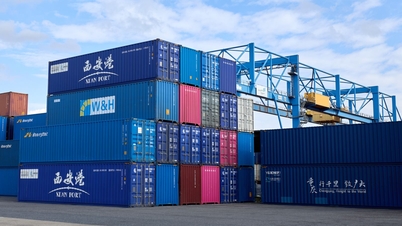





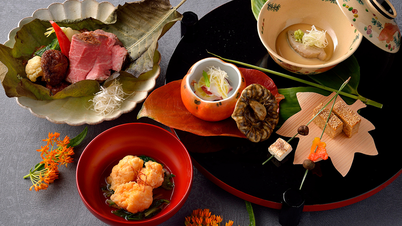


















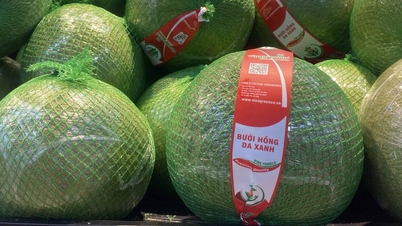



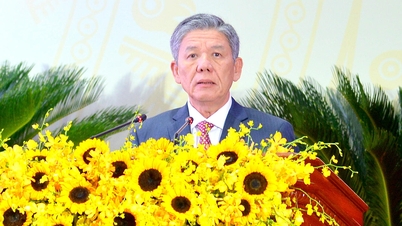





































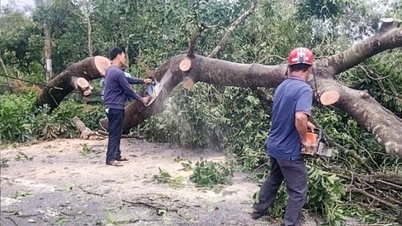






















Comment (0)